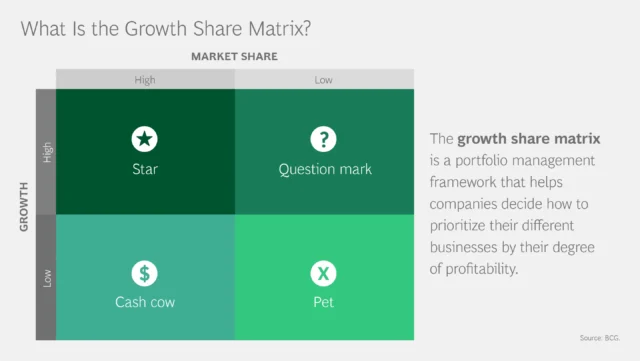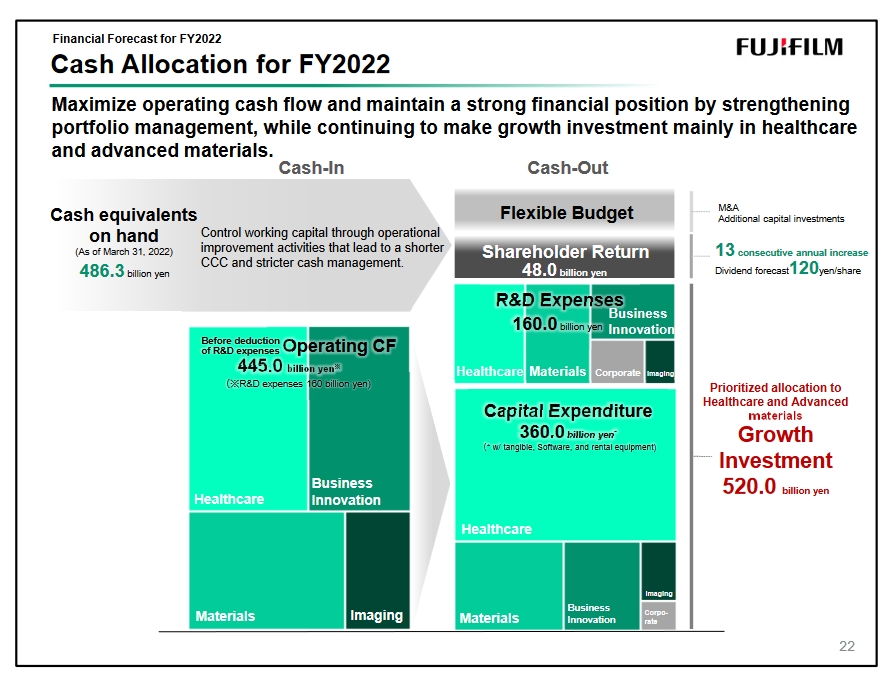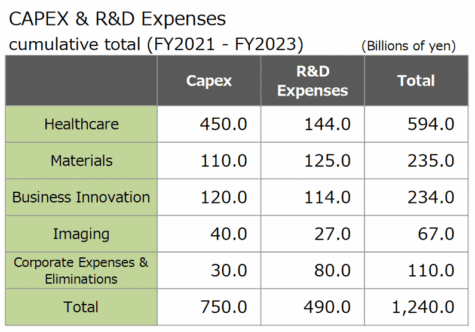Further to Fujifilm’s April announcement of hefty price rises for the silver-based consumables film, photographic paper and chemicals, comes a new price hike, attributed to ‘ increased global costs of raw materials, energy, and the rise in transportation and logistics expenses.’
The company says that global pricing for these products is increasing but will vary from region to region. For the United States, it means a 15 percent increase.
(We haven’t got a clue what the local situation is, as neither Fujifilm Australia nor its PR consultancy, Campaign Lab, respond to media enquiries. Perhaps a local retail customer could be so collegiate as to fill in the local information gaps in Readers Comments.)
‘Effective October 15, we will increase prices 15 percent for all Fujicolor Crystal Archive colour paper types (excluding control strips and display materials), C-41 and E-6 film and RA-4 paper chemicals, cartridge chemical start up kits and other starters, as well as acetic acids, hydroxides, and all other additive chemicals,’ Fujifilm North America explained. Rises in the cost of film will follow.
The April price rises were between 25 percent and 60 percent globally, so the two increases combined really change the equation for both film users and, more commercially critical, photo labs which continue to use Crystal Archive silver halide photo paper and photochemicals.
With Fujifilm testing the elasticity of the market by upping prices on a six-monthly basis and the Kodak Alaris/Sino Promise source of supply for silver film and paper a global basket case, analog picture-taking and making could be headed for the history books.
Stuart Holmes, the managing director of IPS, the leading local photo printer products distributor to photolabs, professional photographers and independent photo retailers, doesn’t pull any punches in his assessment: ‘At IPS we calculate that AgX paper and photo chemistry are currently sitting at about ‘1 Minute to Midnight’, with midnight being general product discontinuance.’
He said reasons for the collapse ‘are many and varied’, but put forward the following as contributory factors:
– the apparent collapse of the Sino Promise/Kodak Alaris business following a 65 percent increase in Kodak silver-based paper;
– Fujifilm closing its Greenwood, South Carolina plant with Fuji silver halide paper now only to be manufactured in Tilburg in the Netherlands;
– the global unavailability of both silver-based paper and traditional photographic film;
– the massive unfulfilled – and probably unfulfillable – back orders list;
– the multiple price rises due to costs of raw material increases;
– the inordinate costs of manufacturing, shipping, storing, transporting and handling Dangerous Goods (DG) Chemical Products,
– the general lack of clarity on any potential resolution of any of these issues!
As noted above, Sino Promise’s acquisition of the Kodak photo paper and chemicals business from Kodak Alaris has been another nail in the coffin for analog photo printing. The Kodak paper manufacturer in the US is rumoured to be demanding cash up front to supply Sino Promise. Fujifilm in the US has warned former Kodak colour paper customers it may not be able to fill the gap Sino Promise’s dysfunctionality has created.
But another local photo consumables distributor, APS, says that while there have been ‘a few challenges with international shipping…(Kodak) silver halide is all on track.’
‘We did have a number of stock outs for chemistry May through July but all is on track now,’ APS managing director Shane Martin told Inside Imaging. ‘We are doing our best to supply everyone. Not there yet, but getting better.’
He conceded that film supply was the challenge: ‘We are not meeting clients expectations,’ he said.
Most Fujifilm Imaging profits go to Health and Materials businesses
There is a Harvard Business School paper waiting to be written with a title along the lines of ‘The Silver Cash Cow – how Fujifilm milked the market.‘

The marketing concept of the ‘Growth Share Matrix’ and the ‘Cash Cow’ segment was developed by the Boston Consulting Group 50 years ago and divides products or business units into four segments.
A Cash Cow is identified as low growth/high market share. ‘Companies should milk these “cash cows” for cash to reinvest,’ BCG explains. ‘All products will eventually become either cash cows or pets. Pets [‘Dogs’ in a less easily-triggered era] are unnecessary; they are evidence of failure to either obtain a leadership position or to get out and cut the losses.’
Wikipedia elaborates: Cash cows is where a company has high market share in a slow-growing industry. These units typically generate cash in excess of the amount of cash needed to maintain the business. They are regarded as staid and boring, in a ‘mature’ market, yet corporations value owning them due to their cash-generating qualities. They are to be ‘milked’ continuously with as little investment as possible, since such investment would be wasted in an industry with low growth. Cash ‘milked’ is used to fund Stars and Question Marks, that are expected to become cash cows some time in the future.’
Fujifilm claims it is more or less doing society a favour by continuing to supply film and photo paper: ‘At Fujifilm we recognize the extreme importance that photography has in our society. As a longstanding innovator of photography products, we are proud to continue to provide high-quality products and services at a reasonable cost and that also contributes to a robust and healthy photo ecosystem.’ But in other words and actions, Fujifilm sees Imaging, particularly its silver-based imaging portfolio, as playing no part in its future growth – except as a source of funds for other business units.
‘Health care and semiconductor materials will be our future earnings drivers,’ new Fujifilm Corporation CEO Teiichi Goto told Japanese journalists.
The master plan for Fujifilm’s future is a document called Vision 2023. It’s a 35-page overview of Fujifilm’s mid-term plans for growth. There is not one mention of ‘Crystal Archive’, or ‘Velvia’, ‘photographic film’ or ‘photo paper’ in there. Just one page in the entire document addresses the Imaging business. There is one reference to silver, which is in a footnote quoting the average price of silver in 2021. It’s worth noting, however, that colour photo paper was mentioned in the 2021 Financial Report along with Instax cameras as an outstanding contributor to revenue.
Vision 2023, along with the latest Fujifilm financial report, describes the entire Imaging business as a cash cow (‘earnings base’), with earnings from the business unit being transferred to the Healthcare and Materials business units:

‘The size of four segment boxes shows the size of the cash-in/cash-out amounts,’ Fujifilm sys of the above graphic. ‘Cash-in generated from Business Innovation and Imaging, which are positioned as the Earnings Base businesses in VISION2023, will be preferentially allocated to Healthcare and Advanced Materials, which are positioned as the New/Future Potential and Growth Driver businesses.’

And with about one-tenth of the investment allocated to Healthcare, it really looks as if Imaging has been put on survival rations.
While it is admittedly the smallest of the four business units in terms of revenue and earnings, most of its earnings have been appropriated for investment in other parts of the corporation.
Blimey, ‘R&D Expenses’ on ‘Corporate Expenses & Eliminations’ (aka Finance and Admin?) is three times what the Imaging business is allocated!
But will circumstances beyond Fujifim’s control see the cash cow dry off earlier than expected?
The World Silver Survey reports that demand for silver increased 19 percent last year, and with demand ramping up for solar panel manufacture and other aspects of the move to renewables, the livestock feed for the cow might just be too high a price to pay.
The more critical issue, beyond the niches of film photography and silver colour paper is whether Fujifilm will provide the Imaging business sufficient funds to allow the continued investment in the development of X-series and medium format GFX-series digital cameras. We noted a few weeks ago that the firmware updates which were almost a Unique Selling Proposition for Fujifim cameras until around the time of the release of Vision 2023 are no longer part of the equation.
Is this reduced innovation part of the price a Cash Cow business unit and its customers pay?





Be First to Comment